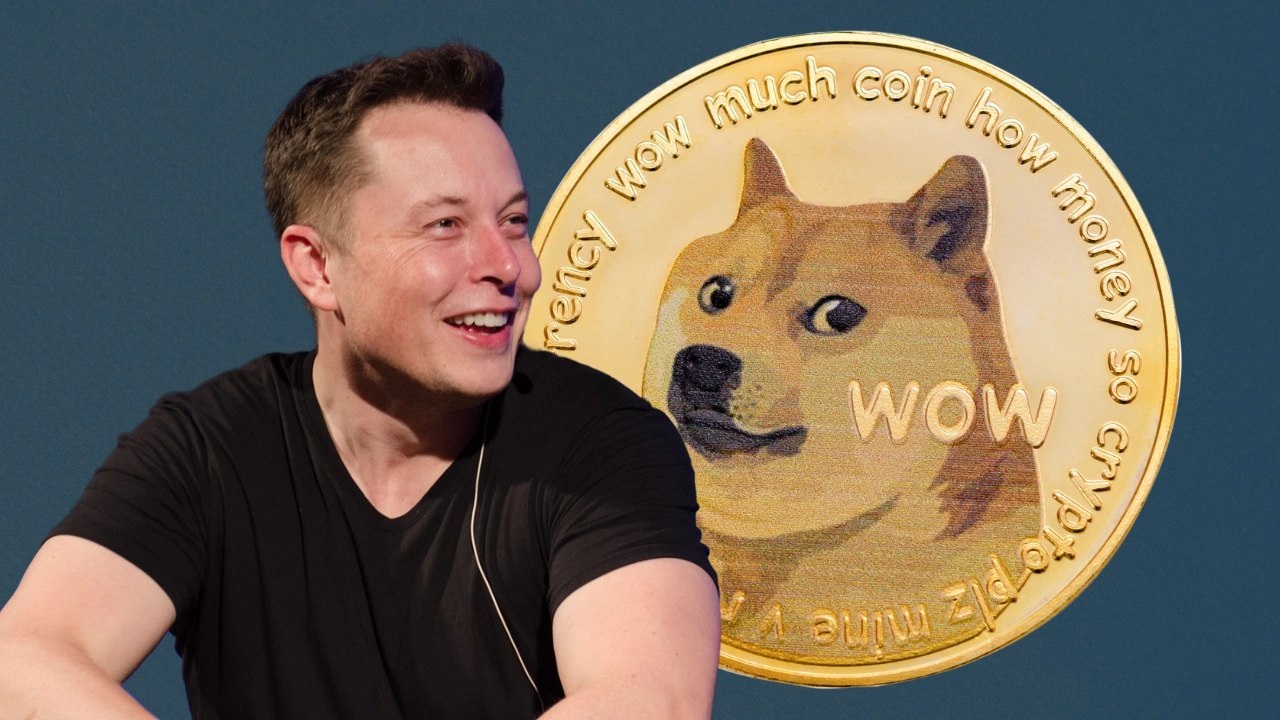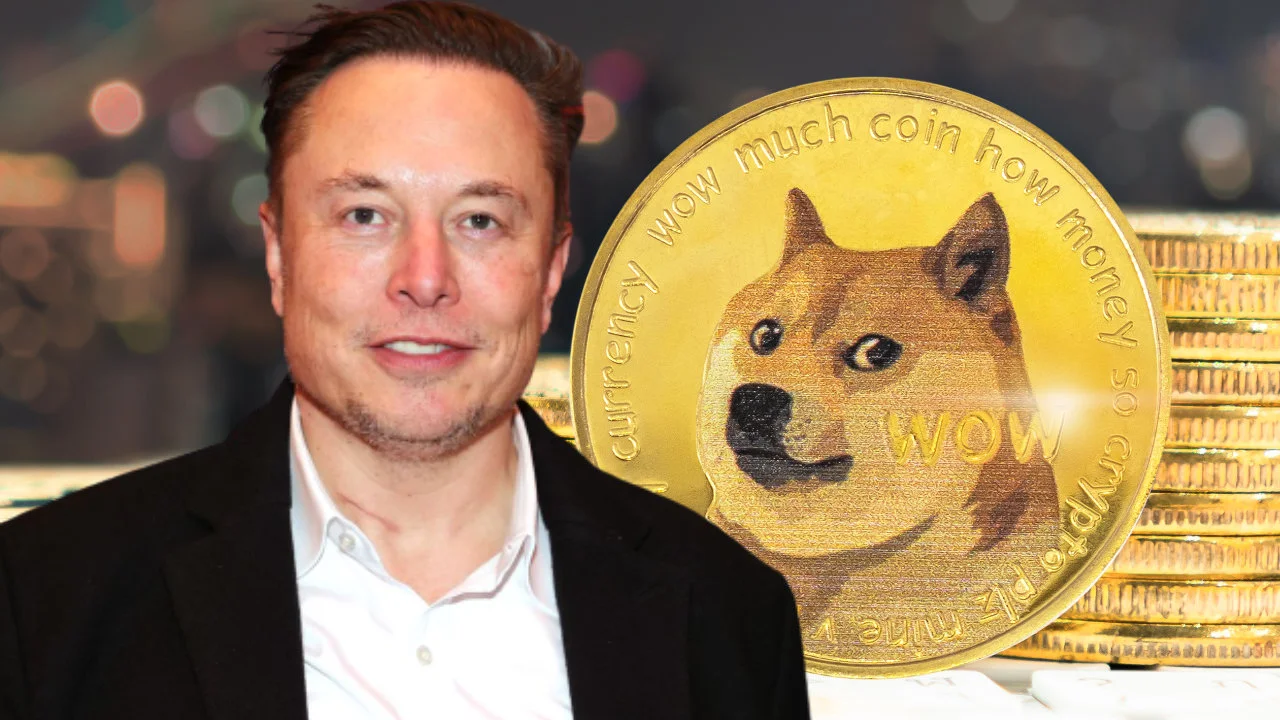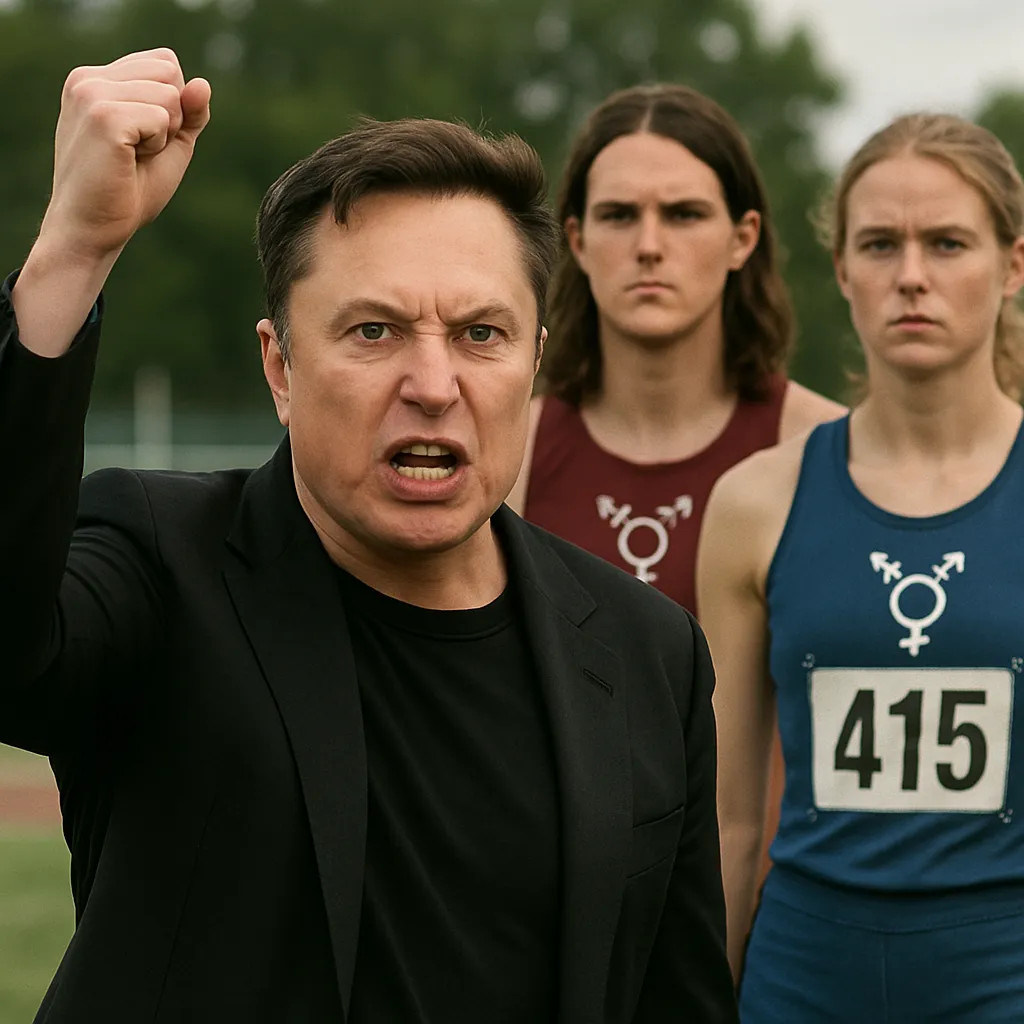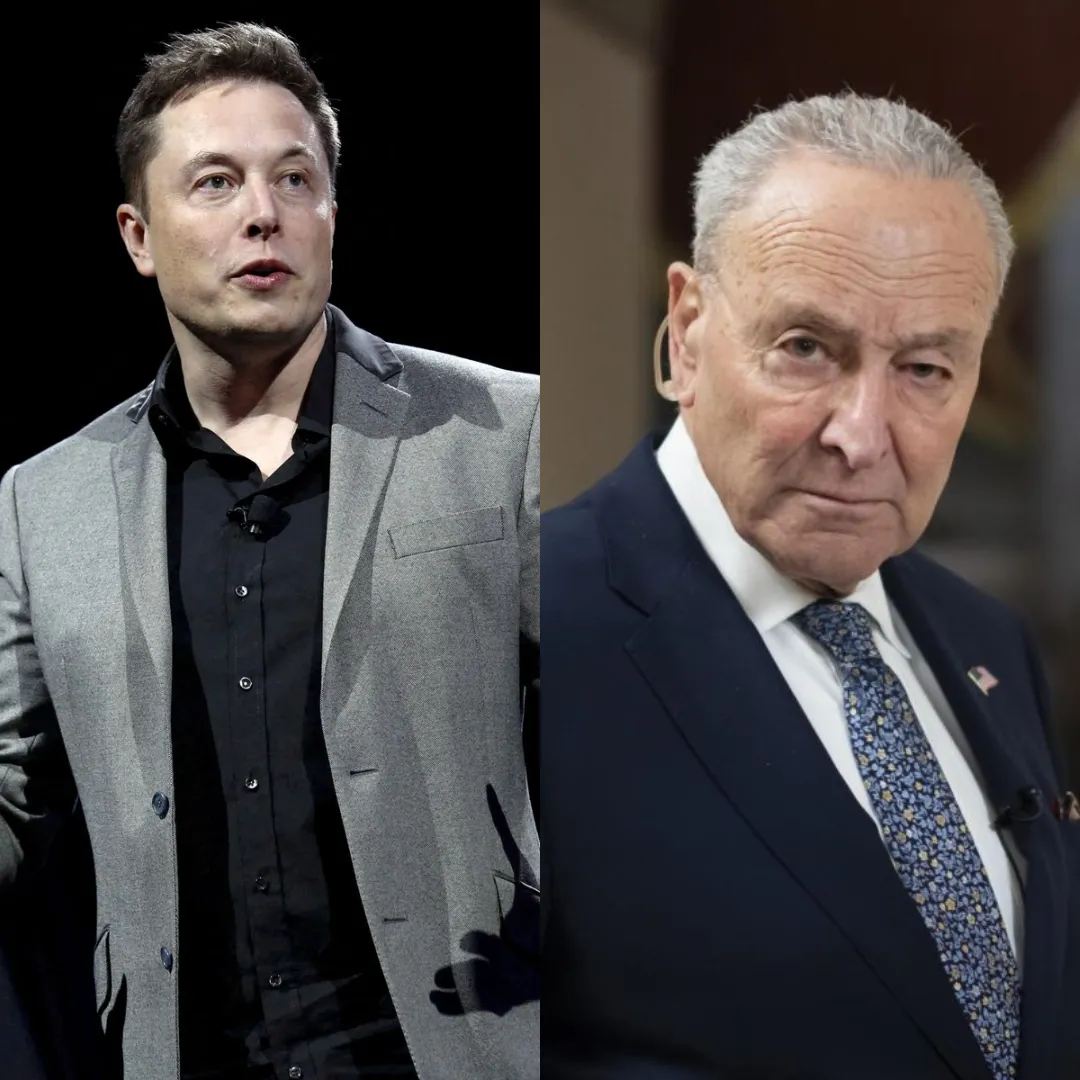
Elon Musk, the world’s richest man and CEO of Tesla, has recently acknowledged that his ambitious initiative, the Department of Government Efficiency (DOGE), has not delivered the expected results. Despite saving a reported $160 billion for the U.S. federal budget and reducing government staff by 20,000 positions, the project has not yet achieved the grand success Musk envisioned when it was first launched in 2025.
DOGE, a program initiated under former President Donald Trump’s administration, aimed to save a staggering $2 trillion over several years by cutting government waste and inefficiencies. However, Musk, who has been overseeing the project since its inception, has expressed frustration with the slow progress and the obstacles that have hindered its success.
At a recent White House event on April 30, Musk admitted that, while there have been some positive outcomes from the initiative, the results still fall short of his expectations. “Overall, we’ve achieved some results. However, it hasn’t been as effective as I hoped. We still need to work harder to achieve bigger goals,” Musk said.
Despite these challenges, Musk remains committed to the potential of DOGE, and he expressed hope that the project could still meet its long-term objectives if it continues to receive the necessary support. He hinted that the project could be extended beyond its initially planned conclusion in 2026 if President Trump decides to continue with the initiative, showing that Musk still believes in DOGE’s potential, despite the setbacks encountered.

The DOGE initiative was created with the bold goal of streamlining government operations, eliminating wasteful spending, and improving efficiency within the federal government. It was hoped that the program could transform the way the U.S. government operates and, in doing so, save trillions of dollars in the long term. The initiative was particularly focused on cutting down on bureaucracy, redundancies, and inefficiencies within government agencies, which Musk and his team viewed as a major hindrance to progress. However, the implementation of these reforms has not been without difficulty.
Internal barriers within the government, opposition from the public, and protests have all contributed to delays and challenges in rolling out the reforms. These obstacles have made it harder for DOGE to achieve its ambitious goals. Additionally, Musk has faced criticism for dedicating a significant portion of his time to the political sphere, leading some to question whether his focus on DOGE has affected his other ventures, particularly Tesla.
As a result of these concerns, Musk recently announced that he would scale back his political involvement, stating that he would only spend one or two days per week at the White House going forward. This decision came after Tesla’s first-quarter earnings revealed a significant 71% drop in earnings per share, a result that raised concerns among investors about Musk’s divided attention and its potential impact on Tesla’s performance.
Despite the setbacks, Musk remains optimistic about the future of DOGE and the potential for the initiative to save up to $1 trillion for the U.S. budget if it is implemented more effectively. “DOGE is not just a government initiative. It’s more of a way of life, kind of like Buddhism,” Musk compared, emphasizing that even though the program has faced challenges, its principles and objectives remain critical to improving government efficiency.

However, Musk’s political ambitions have not been without their critics. While DOGE’s potential to reduce government waste is seen as a significant benefit, many investors and stakeholders in Tesla are concerned that Musk’s involvement in political matters is distracting him from his core responsibilities at the helm of Tesla.
These concerns were compounded by the financial struggles Tesla has faced, including the steep decline in profits and the uncertainty surrounding the company’s future growth. Investors are eager for Musk to focus on improving Tesla’s performance and product offerings, rather than spending so much time on political initiatives that seem to be taking a toll on the company’s bottom line.
For Musk, stepping back from active involvement in the White House is a critical decision, but he has made it clear that he intends to continue overseeing DOGE in an unofficial advisory capacity. This compromise will allow him to stay involved with the initiative without allowing it to take up as much of his time as it has in the past. Still, many are questioning whether this will be enough to turn the tide for DOGE and ensure that it achieves its ambitious goals.
The broader implications of Musk’s involvement in politics and government reform are significant. The success or failure of DOGE could have lasting effects on Musk’s legacy, both as an entrepreneur and as a public figure. If the program fails to live up to its promises, it could tarnish Musk’s reputation and undermine his credibility as a visionary leader. Conversely, if DOGE succeeds in achieving its objectives, it could cement Musk’s status as one of the most influential figures in both business and government.

As for Tesla, the company’s future remains uncertain. While Musk’s vision for self-driving cars and electric vehicles has been groundbreaking, Tesla’s recent financial struggles highlight the challenges the company faces. As the electric vehicle market becomes increasingly competitive, Tesla must find a way to maintain its leadership position and ensure that its products remain attractive to consumers.
The introduction of new features like the highly anticipated robotaxi service and improvements to the Full Self-Driving (FSD) system are seen as key to Tesla’s future success. However, these innovations have faced delays and setbacks, further raising concerns about Tesla’s ability to execute Musk’s ambitious vision.
The competition in the EV market is fierce, with traditional automakers like General Motors, Ford, and Volkswagen ramping up their electric vehicle offerings. Additionally, new entrants, particularly from China, are gaining ground in the EV space, posing a growing threat to Tesla’s market share. To maintain its competitive edge, Tesla must focus on improving its products, scaling production, and meeting customer expectations. At the same time, the company must balance these efforts with Musk’s broader vision for the future of transportation and technology.
In conclusion, while Elon Musk’s DOGE initiative has faced numerous challenges, his optimism and commitment to the project remain unchanged. The potential for DOGE to save trillions of dollars and reform the U.S. government’s operations is still very real, but achieving these goals will require overcoming significant obstacles.

Tesla, on the other hand, faces its own set of challenges, from financial struggles to increasing competition. Musk’s ability to navigate these challenges while continuing to lead his various ventures will ultimately determine his long-term success and legacy. Whether Musk can shift his focus back to Tesla and continue to innovate in the electric vehicle market remains to be seen, but his determination to make DOGE a success is a reminder that, for him, no challenge is too big to tackle.

-1743666980-q80.webp)
-1744876101-q80.webp)
